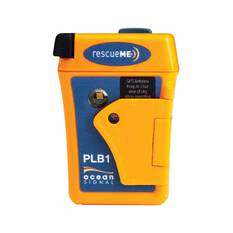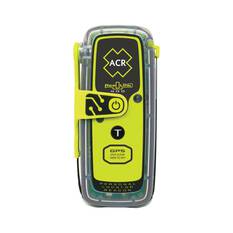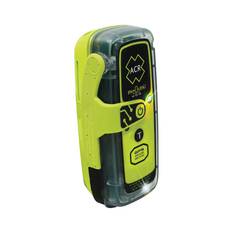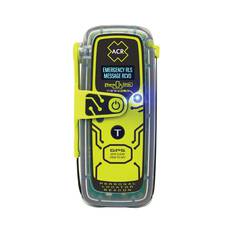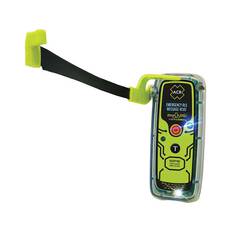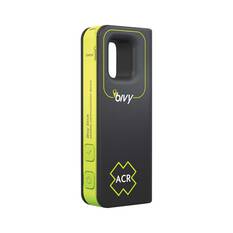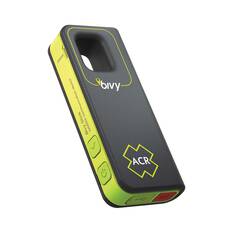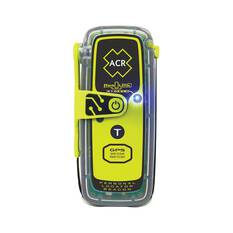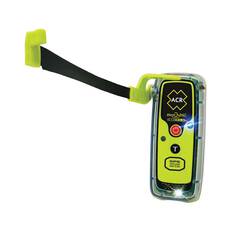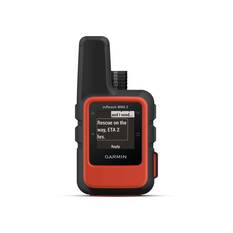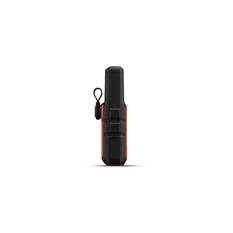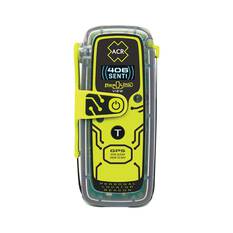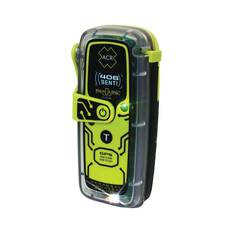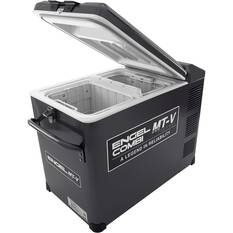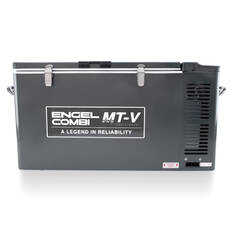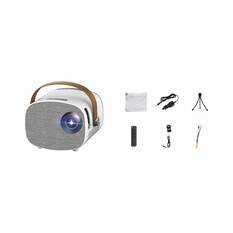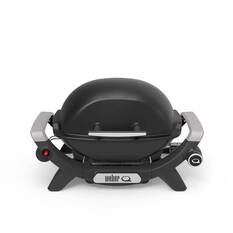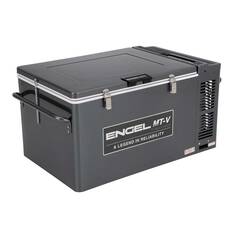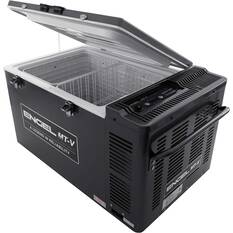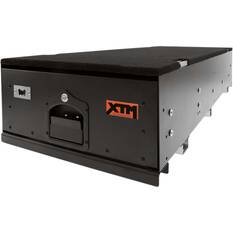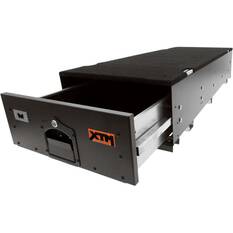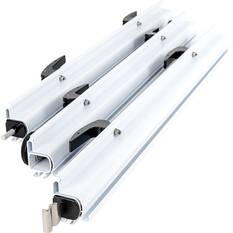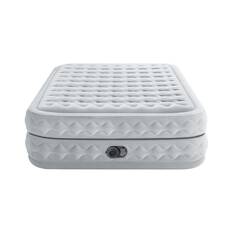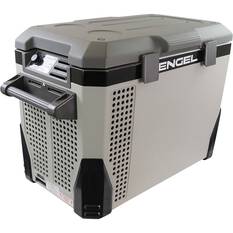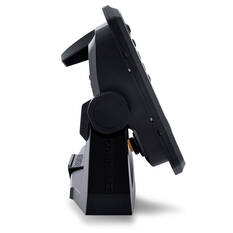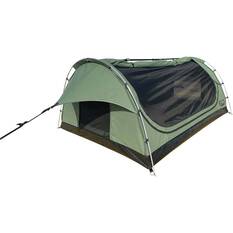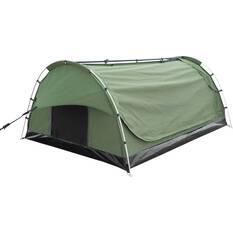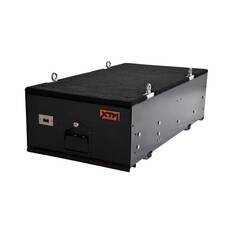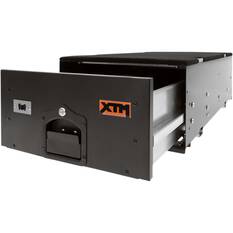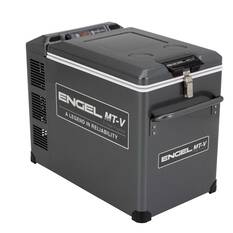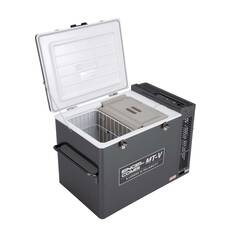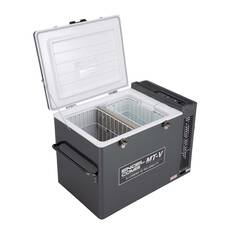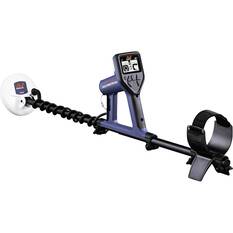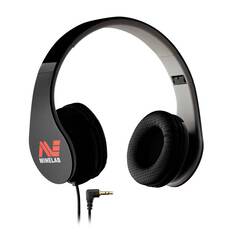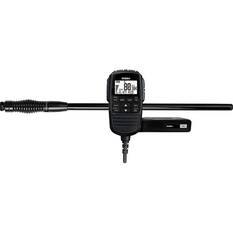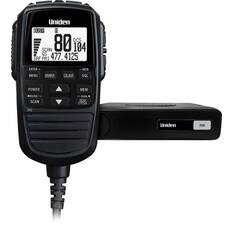Personal Locator Beacon (PLB)
Filter by
Sorting by
-
ACR Electronics$399.99 ^ $389.00 Club Price★★★★★ ★★★★★ (104)
-
ACR Electronics$549.99 ^ $499.00 Club Price★★★★★ ★★★★★ (6)
-
ACR Electronics$499.99 ^ $439.00 Club Price★★★★★ ★★★★★ (17)
Filter by
Personal Locator Beacons
When you hike off the beaten track or camp where mobile reception is limited, a personal locator beacon (PLB) is an essential safety item that is designed to alert search and rescue to your estimated position should you run into some trouble. PLBs have also become an additional safety item for those on boats and on flights (by helicopter or plane) though they do not replace EPIRBs, ELTs and other state and territory regulated required equipment.
What are the different types of beacons?
As mentioned above, a PLB is just one type of location transmitting device that is often used for safety on land, water, and air. It's important that you understand your state or territory's regulations as well as the differences between each safety device.
An EPIRB's main use is for maritime though can be carried on land and in air. They are required for any watercraft that travels more than 2 nautical miles from the coast while a PLB is registered to a person (rather than a watercraft) and is smaller and easier to transport though may not meet carriage requirements for maritime vessels. An emergency locator transmitter (ELT) is designed for aircraft and in some cases, an EPIRB or PLB may be carried in place of this (refer to CASA for further details).
How does a PLB work?
When you can't get a hold of emergency services by phone or radio, it's time to activate your PLB. The beacon will transmit a signal that is picked up by the international search and rescue satellite system, Cospas-Sarsat, who will notify the nearest ground station. PLBs available at BCF transmit 406MHz which is detectable by satellite and 121.5MHz so emergency services can hone the beacon with their search and rescue equipment. Your distress call is escalated through to a local user terminal (LUT), mission control centre and then the rescue coordination centre (RCC) responsible for arranging search operations in the area where your signal is transmitting from. From here, search and rescue authorities will commence the search as soon as possible. If you've registered your beacon (which is mandatory in Australia), AMSA will call your emergency contacts.
How long does rescue take after activating a PLB?
Rescue times vary depending on several factor including the weather, terrain, available resources and, most importantly, the accessibility and ability to pinpoint your location. Satellites cannot detect beacons through mountains, trees or buildings. If your beacon has not been deployed correctly with the aerial vertical in a clear open area or you are in a valley, geostationary (GEO) satellites are unlikely to see you. In these cases, you must wait for polar-orbiting (LEO-Low Earth Orbiting) satellites to pass overhead, which may take several hours. This means that the more remote you are, the longer the response time will be.


